High in the ghostly silence of the world’s tallest mountains moves a creature so rare, it almost feels like a myth. The snow leopard, known as the “ghost of the mountains,” is not only one of nature’s most breathtaking felines, but also a heartbreaking symbol of what we stand to lose as species vanish from the Earth. Their story isn’t just about survival—it’s about wonder, resilience, and the deep lessons they offer about the fragile threads connecting us all.
The Ghost Cat’s Camouflage

A snow leopard’s smoky-grey fur, adorned with intricate black rosettes, allows it to seamlessly blend into the rugged rocky cliffs and pristine snowy slopes of its mountainous habitat. This remarkable camouflage serves as both a stealthy advantage for stalking prey and a vital defense mechanism against potential threats. As a result, the elusive cat becomes nearly invisible, perfectly adapted to thrive in the harsh wilderness where it reigns supreme.
Eyes Like Winter Stars

The snow leopard’s large, icy-green eyes pierce through the dim light of dawn and dusk, granting it exceptional vision when most creatures are cloaked in shadows. Their striking gaze reveals a lifetime of patience and vigilance, honed by years of silently watching, waiting, and enduring the unforgiving wilderness. These eyes are not just tools for hunting—they are windows into the resilience and strength needed to survive in some of the planet’s harshest environments..
Paws Built for Powder
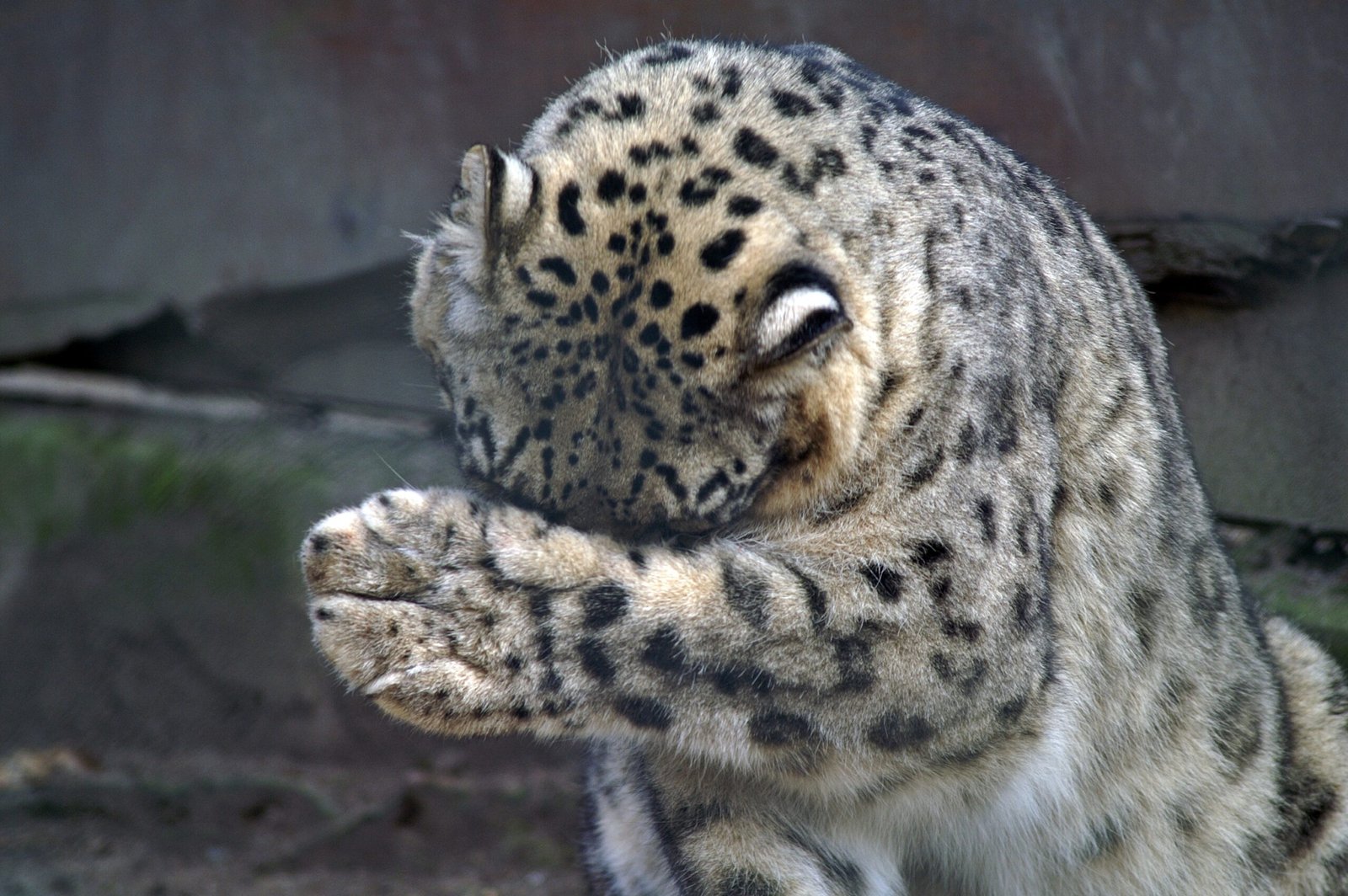
Their massive, furry paws act like built-in snowshoes, evenly distributing their weight to glide effortlessly over soft, powdery snow. This incredible adaptation allows snow leopards to traverse treacherous mountain terrain with ease, where most other animals would sink and struggle. Thanks to these specialized paws, they can stealthily pursue prey across steep, snow-covered slopes, mastering an environment that few can survive.
The Silent Hunter

Unlike the thunderous roars of lions and tigers, snow leopards communicate in much subtler ways, using gentle mews, soft hisses, and a haunting chuff that echoes quietly through the mountains. Their near silence mirrors the whispering winds of their high-altitude homes, shrouding them in an air of mystery. This quiet communication only deepens their elusive nature, making them one of the most enigmatic and secretive big cats on Earth.
High-Altitude Homes
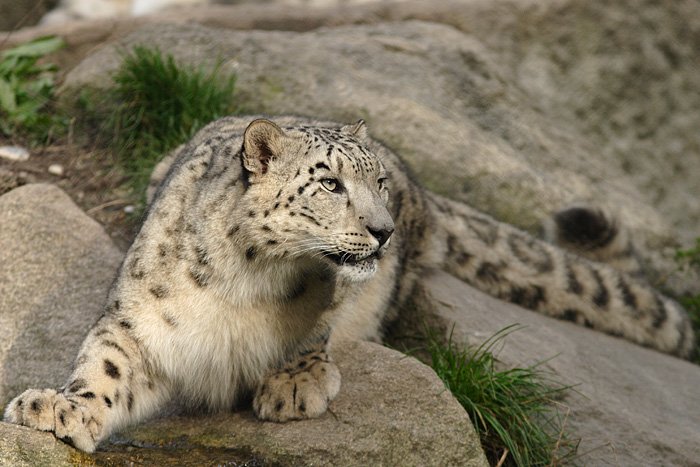
Snow leopards inhabit the soaring heights above 9,800 feet, where the air is thin, and the cold bites with relentless intensity. These isolated mountain ranges of Central Asia stand as some of the world’s last untouched wildernesses, a rugged sanctuary for the elusive cats. Yet, despite the remoteness and harshness of this environment, snow leopards face growing threats from a rapidly changing world, reminding us that even the most secluded places are not immune to the pressures of modern life.
Solitary Spirits
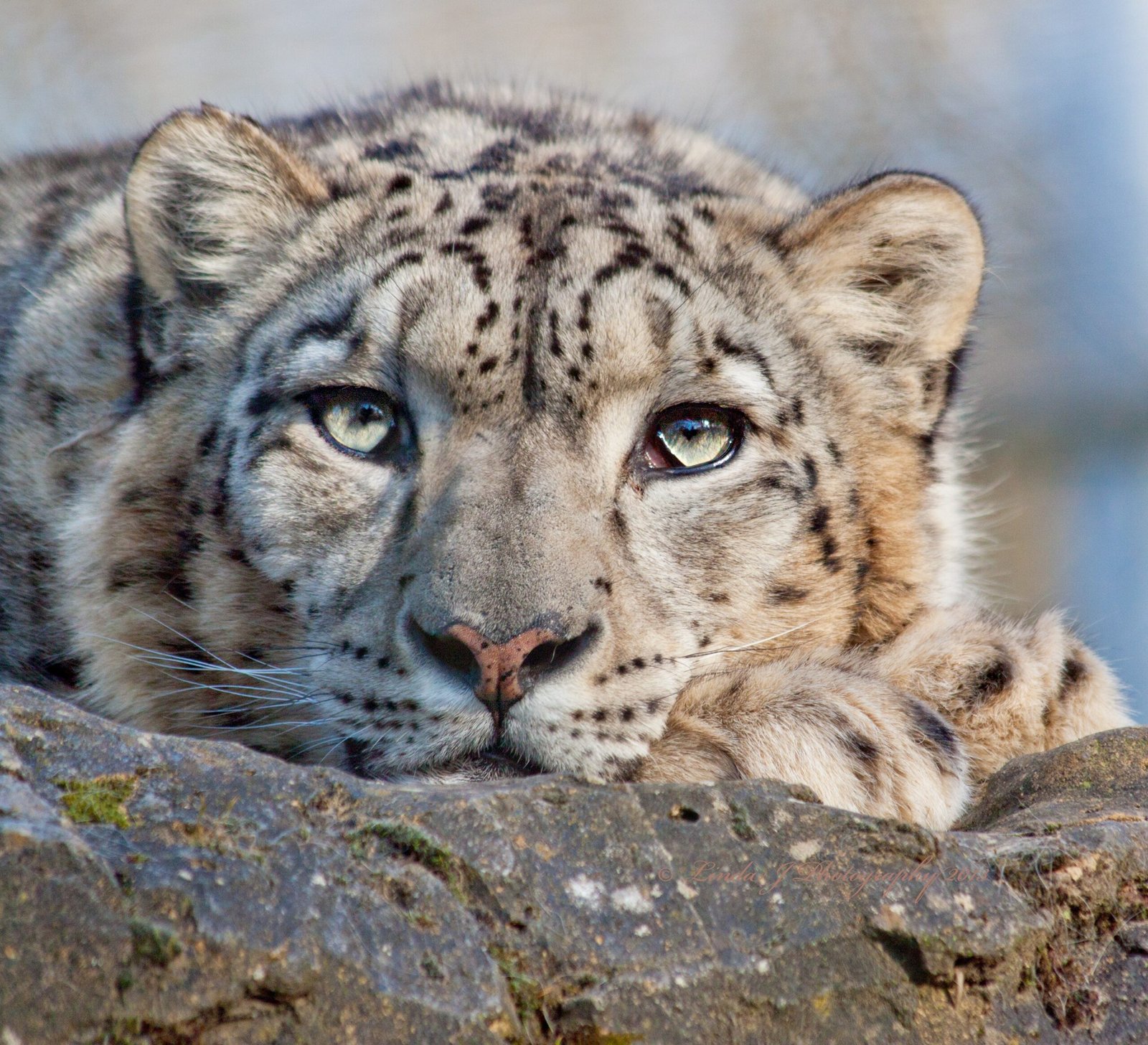
Snow leopards are solitary wanderers, patrolling vast territories that can stretch over 100 square miles. Their preference for solitude and stealth makes encounters with them incredibly rare, turning each sighting into a rare and magical discovery. Like whispers of the wild, these elusive cats move silently through their domain, embodying the very essence of mystery and independence.
Leaping Legends
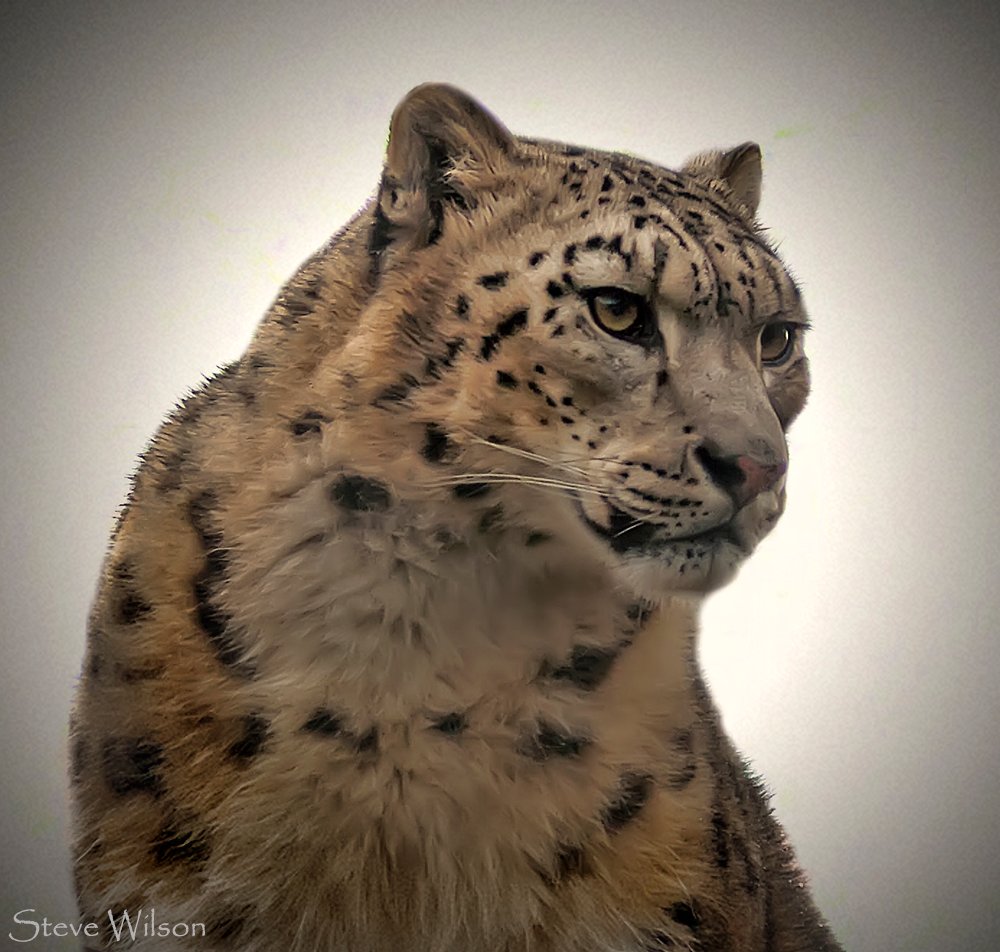
A snow leopard’s powerful hind legs enable it to launch incredible leaps of up to 50 feet—an astonishing distance longer than a city bus. This extraordinary agility is vital for navigating the jagged cliffs and rocky outcrops of its mountainous home, allowing it to ambush prey with precision or swiftly evade threats. Such explosive strength and grace make the snow leopard a master of its treacherous terrain, showcasing nature’s remarkable engineering.
The Maternal Bond

Snow leopard cubs enter the world blind and vulnerable, completely dependent on their mother’s warmth and fierce protection. Over the course of two years, they gradually learn the hidden trails, hunting skills, and survival secrets of their rugged mountain home. This crucial upbringing prepares them to navigate the wild alone, ready to face the challenges of their harsh environment with strength and independence.
Whiskers of Wisdom

The Prey Pursuit

Blue sheep and ibex form the cornerstone of the snow leopard’s diet, providing the sustenance they need to thrive in the high mountains. However, as wild prey becomes scarce and livestock grazing expands, these elusive cats increasingly turn to hunting goats and sheep. This shift often sparks painful conflicts with herders, creating a difficult struggle that threatens both the survival of the snow leopards and the livelihoods of local communities. The delicate balance between human and predator hangs in the balance, underscoring the urgent need for coexistence.
Vanishing Voices

With fewer than 7,000 snow leopards remaining in the wild, each lost individual is like a fading note in the symphony of the natural world. Their steady decline serves as a stark warning of the silent disappearance of countless other species, many of which may vanish before we even have the chance to recognize them. Protecting these elusive cats means preserving the delicate harmony of entire ecosystems, reminding us of the fragile beauty that hangs in the balance.
Fur Worth More Than Gold

Tragically, the snow leopard’s stunning coat and precious bones make them prime targets for the illegal wildlife trade, placing a deadly price on their heads. Poaching casts a dark, persistent shadow over their survival, threatening to erase these magnificent creatures from their mountain realms. Despite protection efforts, the lure of profit continues to fuel this brutal practice, endangering not only snow leopards but the fragile balance of their entire ecosystem.
Melting Mountains

Climate change is pushing the snow line higher, forcing snow leopards into ever smaller, more isolated pockets of their mountainous homes. As these habitats shrink and vanish, the ancient trails that countless generations of leopards once traveled are fading into oblivion. This relentless shift not only threatens their survival but also disrupts the intricate web of life in these fragile ecosystems. The race to adapt becomes ever more urgent as their wild world contracts around them.
Guardians of the Peaks
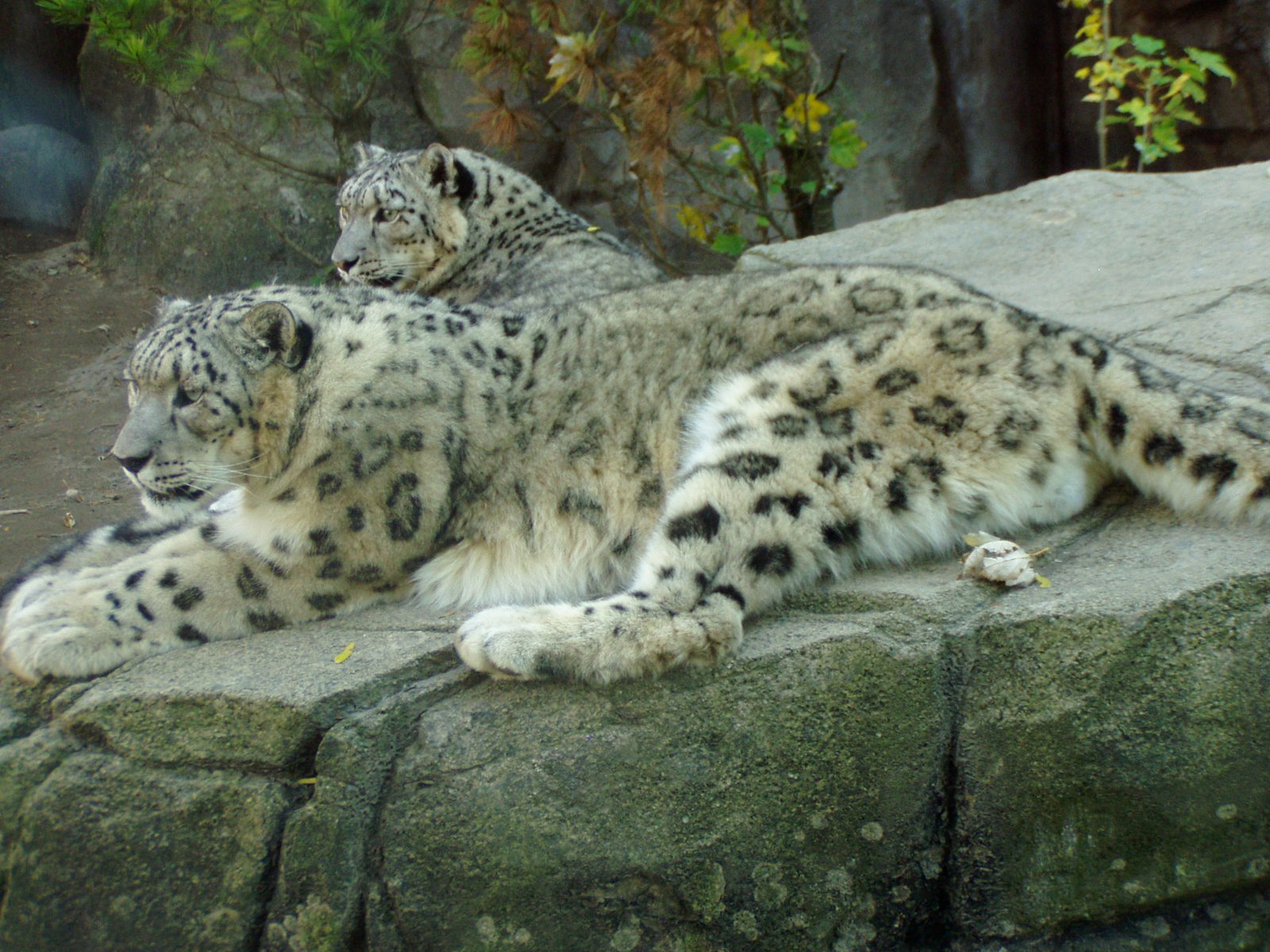
Snow leopards play a crucial role in maintaining the balance of mountain ecosystems by regulating prey populations and preventing overgrazing. As apex predators, their presence ensures the health and diversity of the environment beneath them. When these majestic cats disappear, the intricate web of life they support begins to unravel, triggering cascading effects that threaten the stability of the entire ecosystem. Their survival is vital not just for themselves, but for the health of the mountains they call home.
Stories in the Snow

Local legends honor snow leopards as “mountain spirits,” weaving rich tales of wisdom, mystery, and good fortune around these elusive cats. These stories reflect a profound respect and spiritual connection between the people and the wild creatures that share their rugged homeland. Through generations, such legends remind us of the deep bond that ties human communities to the natural world, inspiring reverence and a sense of stewardship for these magnificent animals.
Tails Like Blankets

Their thick, fluffy tails serve as vital balancing poles, helping snow leopards navigate steep, rocky terrain with incredible agility. Beyond balance, these luxurious tails also function as cozy scarves, wrapped snugly around their faces to shield them from biting cold during freezing mountain nights. This dual-purpose adaptation showcases the perfect blend of form and function, keeping them steady and warm in their harsh, high-altitude world.
Eyes on the Future
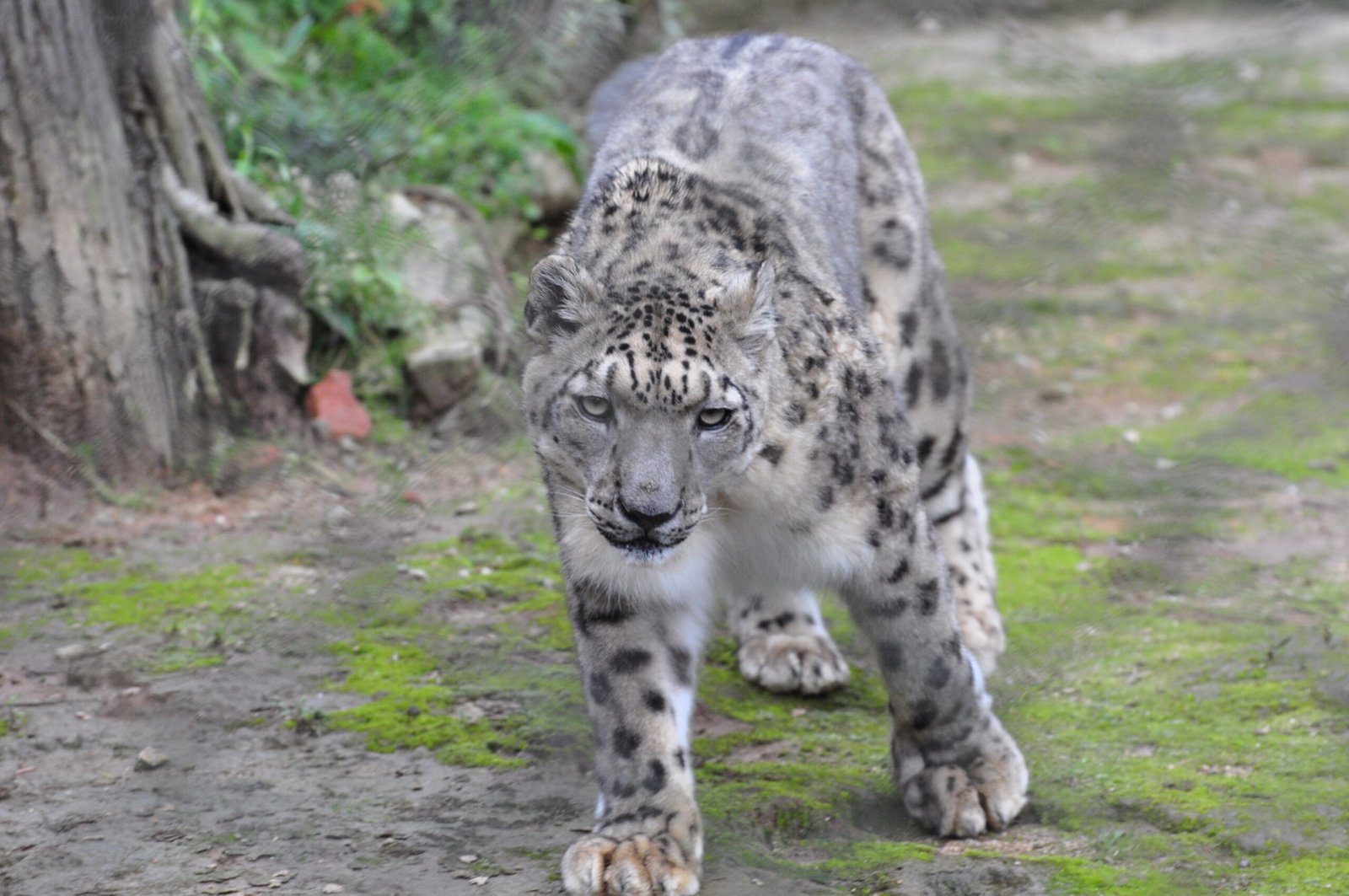
Conservation groups and local communities are coming together, harnessing technology like camera traps and tracking collars to unlock the secrets of snow leopard behavior and habitats. Each new insight gathered sheds light on their elusive lives, revealing patterns crucial for effective protection. These discoveries fuel hope and strengthen efforts to safeguard these majestic cats, ensuring they continue to roam the mountains for generations to come.
The Human Connection
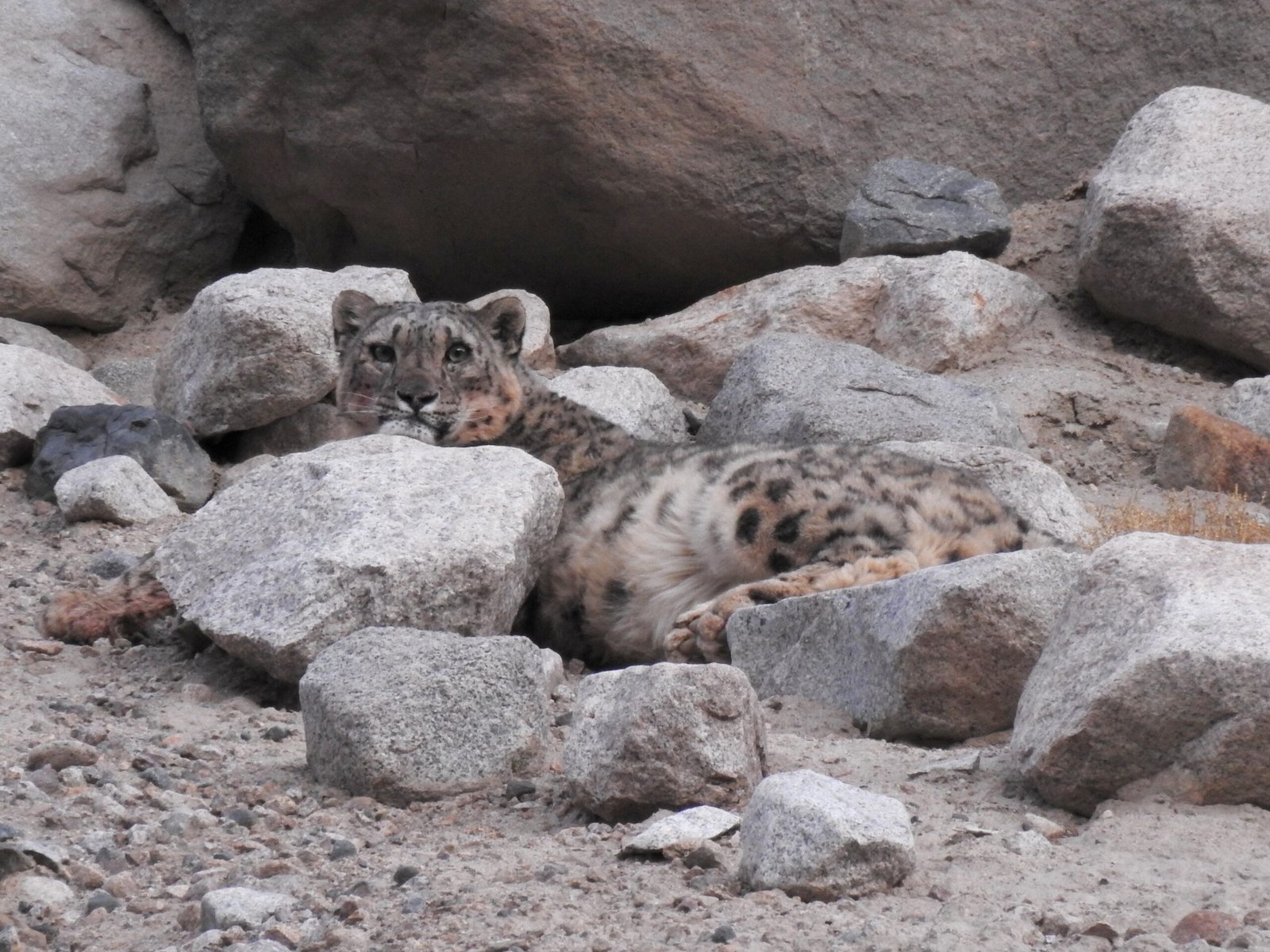
Herders and villagers are being empowered to safeguard snow leopards by adopting predator-proof corrals and benefiting from eco-tourism initiatives that share profits with local communities. These innovative efforts not only reduce conflict but also foster a sense of stewardship and pride in protecting these majestic cats. Through collaboration and mutual respect, they are demonstrating that coexistence between humans and wildlife is possible, even in the most remote and rugged landscapes. This model offers hope for a future where both people and snow leopards can thrive side by side.
Echoes of Extinction

Snow leopards are more than just another endangered animal; they are a living warning about what happens when nature’s balance tilts too far. Their struggle is a mirror for our own choices.
Silent Teachers
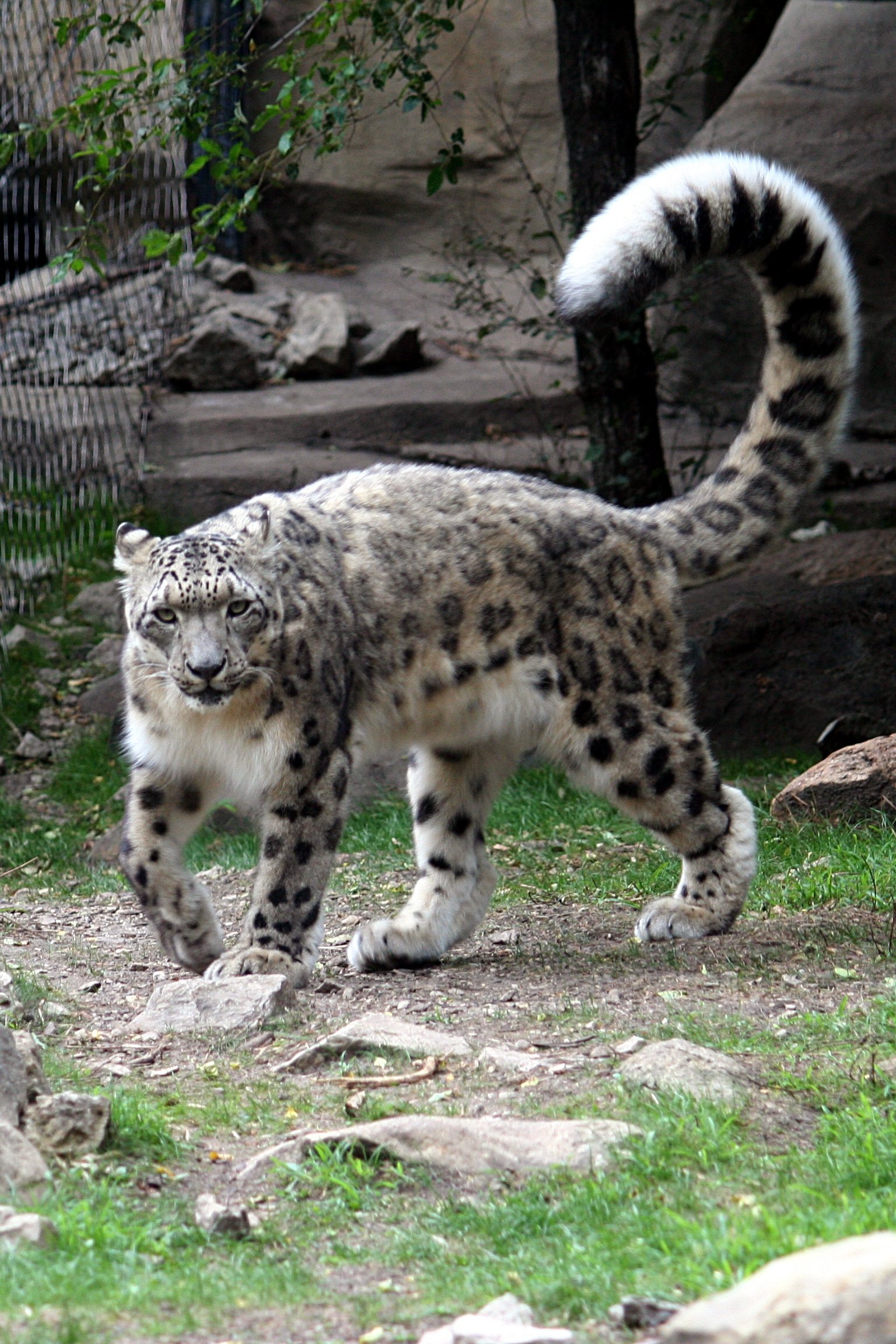
By studying snow leopards, scientists gain profound insights into resilience, adaptation, and the often unseen consequences of environmental change. These elusive cats serve as living indicators of the health of their fragile mountain ecosystems, revealing how species respond to shifting climates and human pressures. The lessons learned extend far beyond the peaks, offering valuable knowledge that can inform global conservation efforts and inspire a deeper understanding of our planet’s interconnected web of life.
Beauty in Fragility
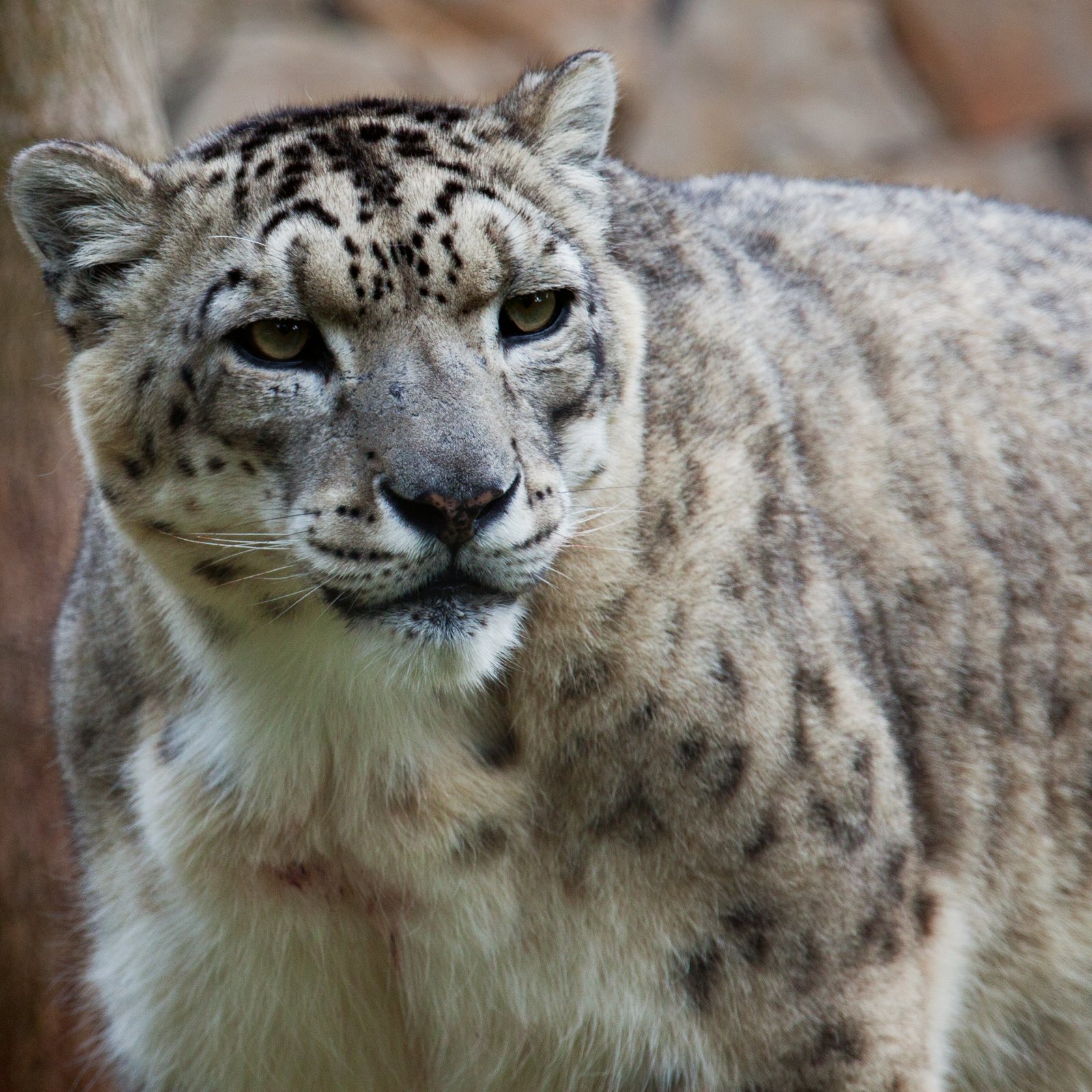
The snow leopard’s existence stands as a powerful testament to the delicate balance between breathtaking beauty and profound vulnerability. Their story is more than a tale of survival—it’s a heartfelt call to cherish the wild not only for its rarity but for the awe and inspiration it ignites within us all. Protecting these magnificent creatures means safeguarding the magic and mystery of nature itself, reminding us why the wild is worth fighting for.
A Symbol of Hope

Despite the threats, snow leopards endure—graceful, mysterious, and fiercely alive. Their persistence gives us reason to believe that, with effort, extinction can be stopped.
Inspiration for Action

Encountering a snow leopard, even through a photograph, evokes a profound sense of awe and an urgent call to responsibility. These majestic cats serve as powerful reminders that conserving wild places goes beyond protecting individual species—it’s about safeguarding the magic and wonder that enrich our world. Their silent presence inspires us to act, ensuring that the wildness they embody continues to thrive for generations to come.
The Last Roar?
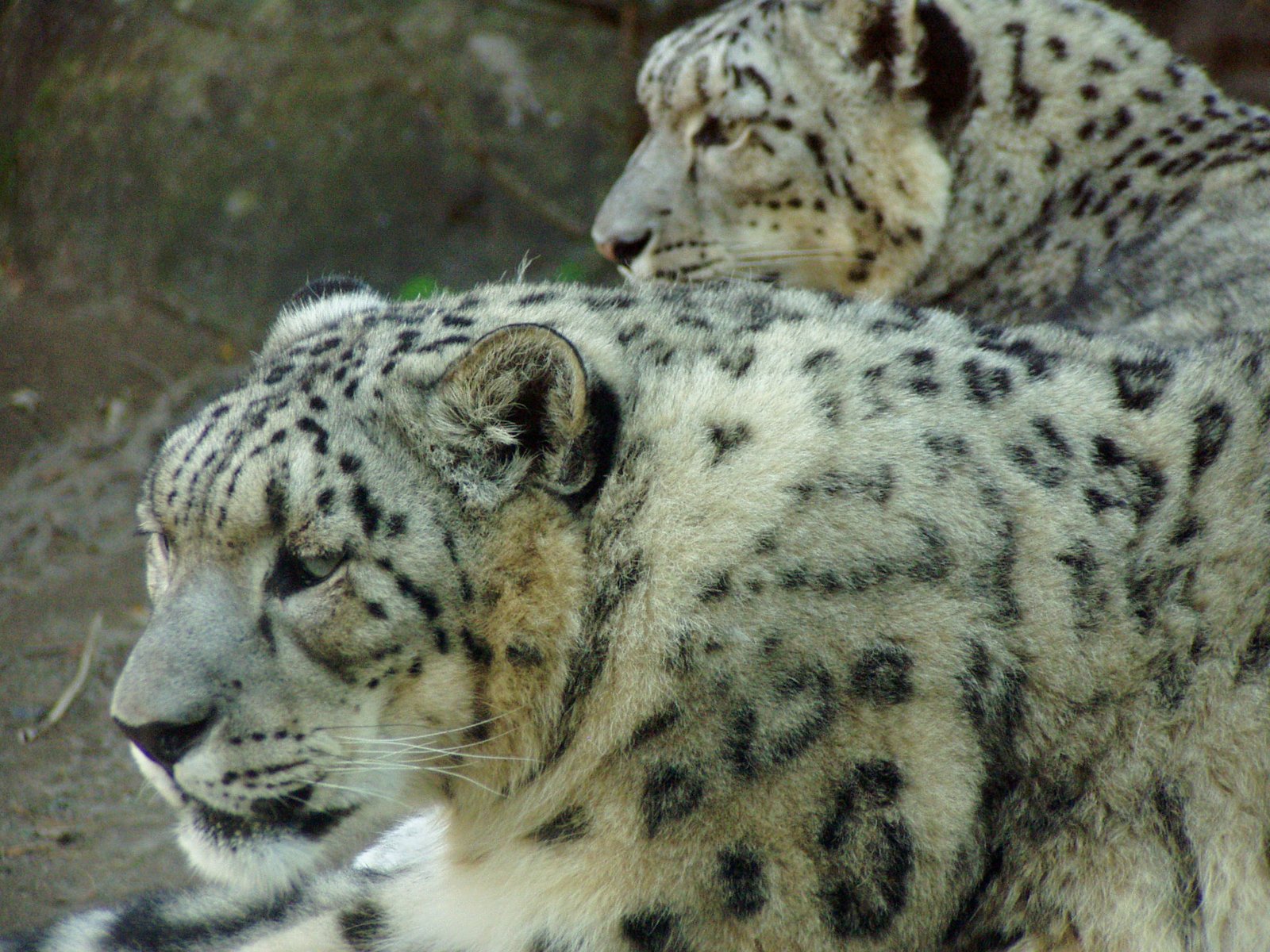
Will we heed the snow leopard’s silent plea, or allow their magnificent story to fade into a forgotten footnote of history? Their fate is intertwined with our own, reflecting the broader health of the planet we share. Protecting these elusive cats is not just a conservation challenge—it’s a moral imperative that calls on every one of us to act. Their survival depends on the choices we make today, making their future a shared responsibility for all humanity.

Suhail Ahmed is a passionate digital professional and nature enthusiast with over 8 years of experience in content strategy, SEO, web development, and digital operations. Alongside his freelance journey, Suhail actively contributes to nature and wildlife platforms like Feline Fam, where he channels his curiosity for the Feline into engaging, educational storytelling.
With a strong background in managing digital ecosystems — from ecommerce stores and WordPress websites to social media and automation — Suhail merges technical precision with creative insight. His content reflects a rare balance: SEO-friendly yet deeply human, data-informed yet emotionally resonant.
Driven by a love for discovery and storytelling, Suhail believes in using digital platforms to amplify causes that matter — especially those protecting Earth’s biodiversity and inspiring sustainable living. Whether he’s managing online projects or crafting wildlife content, his goal remains the same: to inform, inspire, and leave a positive digital footprint.






